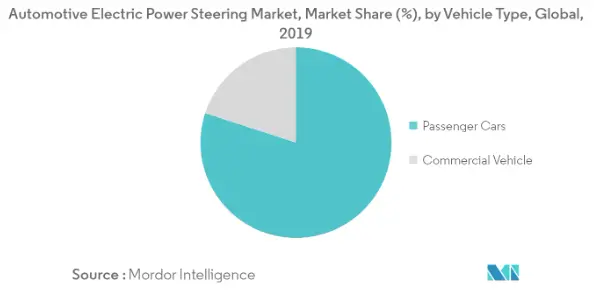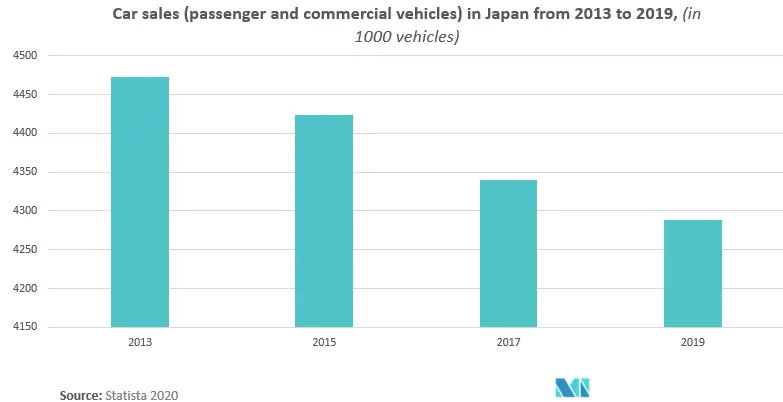Market Trends of Japan Automotive EPS Industry
This section covers the major market trends shaping the Japan Automotive EPS Market according to our research experts:
ECU is the fastest-growing component amongst all Electric Power Steering (EPS) components
The electric ECU provides a lower cogging torque for the better driving experience, improving the interaction between the permanent magnets of the rotor and the stator slots of the Permanent Magnet (PM) machine. Traditional steering systems required the driver to continually make minor steering corrections to compensate for irregularities, such as road camber or crosswinds. But modern Electric Power Steering automatically assists the driver in case they encounter such barriers. The ECU unit can register if the driver is continuously counter steering, and itself automatically compensate for the correction. This makes driving more comfortable and less stressful.
ECU consists of 3 significant components that are the control module, power module, and control software. The control module gives access to power the switches and performs diagnostics functions in the power module. While the power module consists of three half-bridges where each half-bridge powers one phase of the three-phase electric. Lastly, the control software is the algorithm that enables the control of the speed and torque of the electric of the EPS unit. However, designers face challenges such as meeting flexible but a cost-effective architecture that can be equipped in cars ranging from SUVs to compact vehicles by satisfying power requirements for different steering rack load.
However, there is a demand for higher steering power, to improve driver comfort and feedback without losing power assistance, especially at a slower pace. For instance, Nexteer uses three different sensor technologies. While each can be used with the same position sensor, torque sensor, and ECU. The company has introduced solutions that reduce the steering angle sensor, which provides active lighting, stability control, and ADAS. They will enable us to broadcast an absolute steering position based just on the EPS motor sensor.

Passenger Cars dominating the Japan Electric Power Steering Market
The Japanese vehicles market is the third in the World with an annual volume oscillating in the last decade between 4.9 and 5.5 million units, with 2019 ending at 5.18 million units.
Japan is a developed economy where the Electric Power Steering (EPS) implementation in passenger cars is overgrowing. This is due to its advantages, such as no hoses or fluids required in the steering system, thereby reducing the repair and maintenance costs. Automated driving will make the roads safer and more secure, as a result, Japan is aiming for Level 3 automated driving on expressways by 2020.
Currently, less than 60% of the passenger cars are running with EPS technology. However, stringent Japanese government regulations regarding fuel efficiency will drive the growth of the segment for the EPS segment.
Although the Government imposed restrictions on international travel and school closure, the Covid-19 impact on the Country has been relatively low – thanks to prevention and protection measures against the virus – avoiding business closures.


